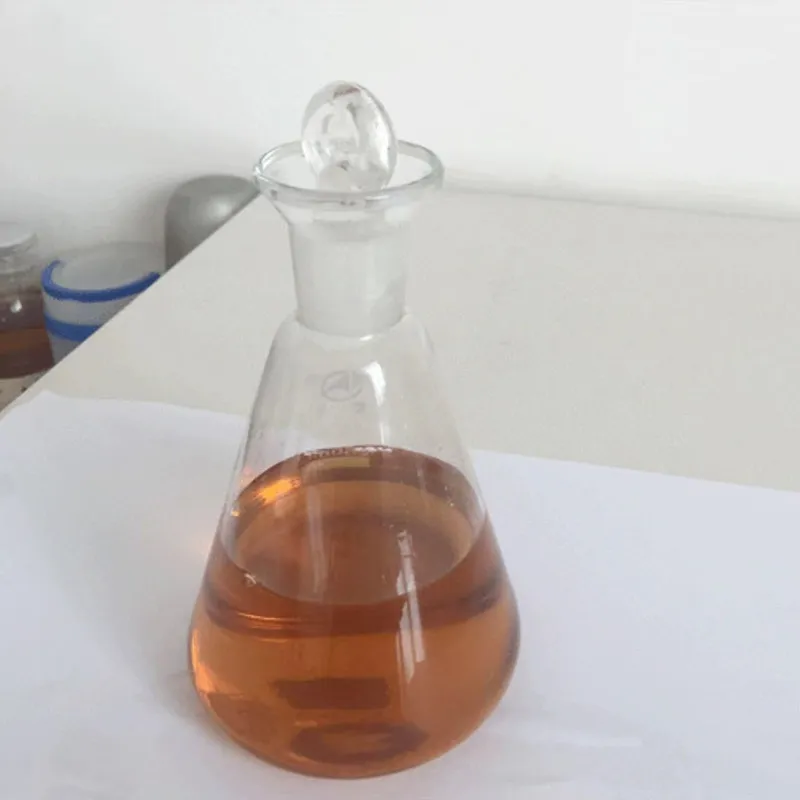
Exploring the Benefits and Uses of Sweeteners for Healthier Living and Diet Choices
The Surprising World of Sweeteners Understanding Sweetener 955
In recent years, the conversation around food and health has increasingly shifted towards the role of sweeteners in our diets. Among these, a notable mention is Sweetener 955, commonly known as Sucralose. This artificial sweetener has gained popularity as a sugar substitute, particularly in products marketed toward health-conscious consumers. Understanding Sweetener 955 involves exploring its origins, benefits, concerns, and how it fits into our ever-evolving dietary landscape.
The Origins of Sucralose
Sucralose was discovered in 1976 by researchers looking for new pesticides. The process involved modifying sugar through chlorination, producing a compound that is approximately 600 times sweeter than sucrose, yet contains no calories. Because of its high sweetness potency, only a small amount is needed to achieve the desired sweetness in food products. In 1998, the U.S. Food and Drug Administration (FDA) approved Sucralose for use in food, marking a significant milestone for artificial sweeteners.
Benefits of Sweetener 955
One of the most significant advantages of Sucralose is its ability to provide a sweet taste without the caloric load associated with traditional sugar. For individuals looking to reduce their caloric intake or manage their weight, Sucralose offers a viable alternative. Particularly in the context of obesity and diabetes, where sugar consumption can have severe health implications, Sweetener 955 provides a way to enhance the flavor of foods and beverages without contributing to blood sugar spikes.
Additionally, Sucralose is stable under heat, making it a suitable sweetener for cooking and baking. Unlike some other sweeteners that can lose their potency when exposed to heat, Sucralose maintains its flavor. This characteristic broadens its application, allowing manufacturers to create a variety of sweet products, from baked goods to beverages.
sweetener 955

Health Concerns and Misconceptions
While Sucralose has been deemed safe for consumption by regulatory agencies around the world, there is ongoing debate about the long-term health effects of artificial sweeteners. Some studies have raised concerns regarding their impact on gut health and metabolism, suggesting that consuming large amounts may lead to adverse effects. Critics argue that while Sucralose does not spike blood sugar levels, it may alter the gut microbiome, which plays a crucial role in digestion and overall health.
Additionally, as awareness grows about the ingredients in processed foods, many consumers are leaning towards more natural options. This trend has led to skepticism about artificial sweeteners, including Sucralose, as people seek transparency in their food choices. It is essential for consumers to be informed about the ingredients they consume and to understand that moderation is key.
Sweetener 955 in the Broader Dietary Landscape
As the health landscape evolves, the role of sweeteners like Sucralose is also changing. Many products now blend various sweeteners to achieve a more balanced flavor profile while maintaining health benefits. Sucralose often finds itself paired with other natural sweeteners, such as stevia, to cater to consumers' preferences for less processed ingredients.
Ultimately, Sweetener 955 represents a fascinating intersection of food science and health. Its effectiveness as a sugar substitute makes it a valuable tool in the fight against sugar-related health issues. Meanwhile, ongoing research and consumer education will shape how we view and utilize artificial sweeteners in the future.
In conclusion, while Sweetener 955 offers numerous benefits, it is crucial for consumers to stay informed and approach their dietary choices thoughtfully. Understanding the implications of artificial sweeteners, including their potential risks and rewards, empowers individuals to make better decisions for their health and wellness.
-
Nitrile Rubber Honoring Strict Production StandardsNewsAug.22,2025
-
Aspartame Ingredients Honoring Food Safety ValuesNewsAug.22,2025
-
Fertilizer for Balanced Plant NutritionNewsAug.22,2025
-
Cyanide Gold Processing with High Purity AdditivesNewsAug.22,2025
-
Formic Acid in Textile Dyeing ApplicationsNewsAug.22,2025
-
Aluminum Hydroxide Gel in Skincare ProductsNewsAug.22,2025
-
Regulatory Compliance for Global Mining Chemicals UseNewsAug.12,2025
Hebei Tenger Chemical Technology Co., Ltd. focuses on the chemical industry and is committed to the export service of chemical raw materials.
-

view more DiethanolisopropanolamineIn the ever-growing field of chemical solutions, diethanolisopropanolamine (DEIPA) stands out as a versatile and important compound. Due to its unique chemical structure and properties, DEIPA is of interest to various industries including construction, personal care, and agriculture. -

view more TriisopropanolamineTriisopropanolamine (TIPA) alkanol amine substance, is a kind of alcohol amine compound with amino and alcohol hydroxyl, and because of its molecules contains both amino and hydroxyl. -

view more Tetramethyl Thiuram DisulfideTetramethyl thiuram disulfide, also known as TMTD, is a white to light-yellow powder with a distinct sulfur-like odor. It is soluble in organic solvents such as benzene, acetone, and ethyl acetate, making it highly versatile for use in different formulations. TMTD is known for its excellent vulcanization acceleration properties, which makes it a key ingredient in the production of rubber products. Additionally, it acts as an effective fungicide and bactericide, making it valuable in agricultural applications. Its high purity and stability ensure consistent performance, making it a preferred choice for manufacturers across various industries.





